Monoclonal Antibody Manufacturing

Monoclonal antibody (mAb) therapeutics are manufactured using a templated approach that requires robust, scalable solutions for all steps from cell line development to final fill. Increased process understanding has led to advancements in mAb manufacturing that include efficiencies in both upstream and downstream processing. Upstream, these advancements have resulted in higher mAb titers, while downstream purification operations are evolving to process high-concentration intermediates more efficiently, from purification to formulation. Closed single-use technologies have helped reduce manufacturing footprints, increase flexibility, decrease costs, and enhance quality.
Because of their value for persistent or terminal conditions, mAb manufacturers are continually striving to meet increasing global demand while controlling costs and maintaining manufacturing flexibility for their expanding clinical pipelines.
Monoclonal Antibody Manufacturing Workflow
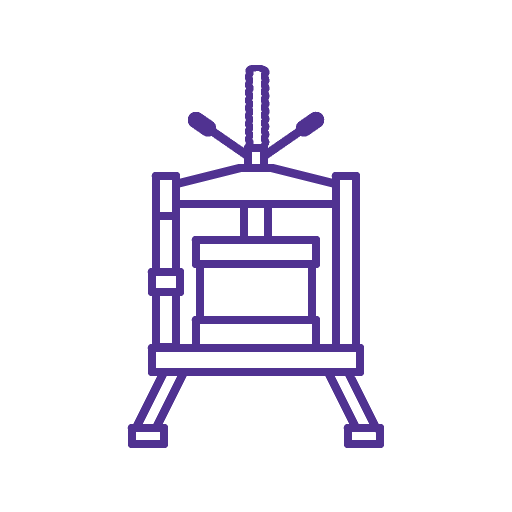
Downstream
From cell harvest through final filling into vials, the comprehensive focus of downstream bioprocessing is on purification while controlling bioburden and assuring viral safety, in order to provide confidence in drug safety for patients.
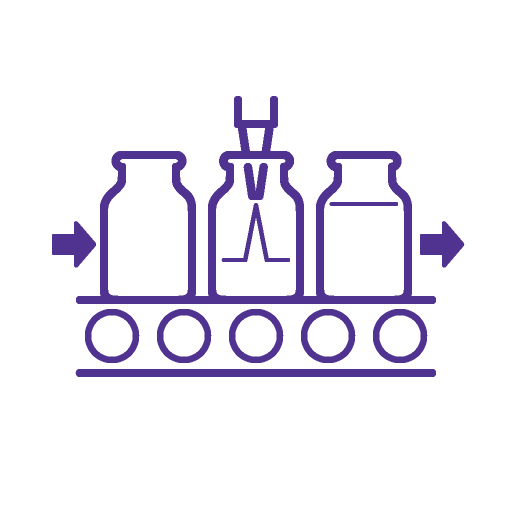
Final Filtration and Filling
Final filling of drug products must meet stringent requirements for sterility, integrity, cleanliness, operational safety, and efficiency
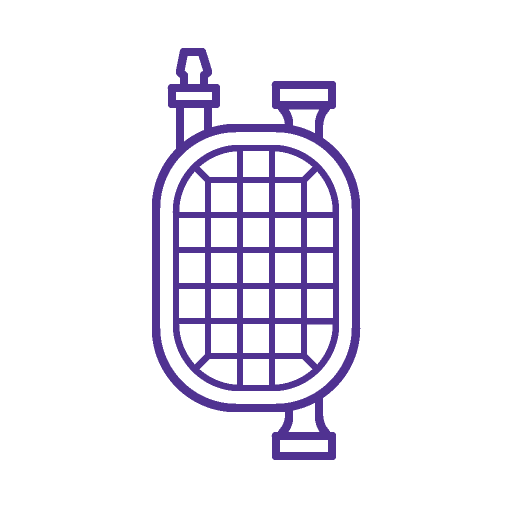
Viral Safety
Based on the principles of “prevent, detect, and remove,” viral safety combines risk analysis with careful selection of raw materials, extensive testing of raw materials and process intermediates, and implementation of virus reduction steps in downstream processing
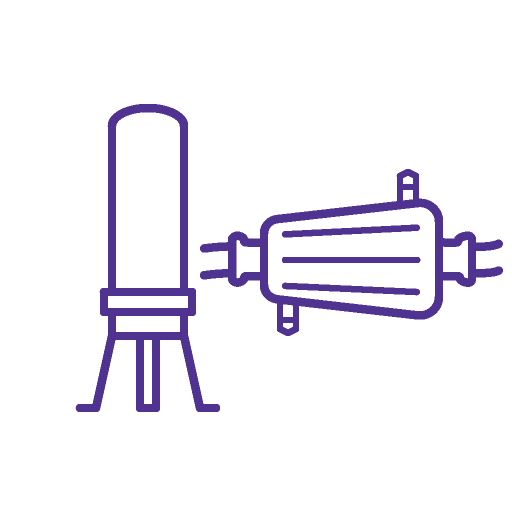
Bioburden control
All mAb production processes are at risk for microbial contamination, requiring a process design with control strategies to mitigate the risk, as well as bioburden monitoring to assure process control
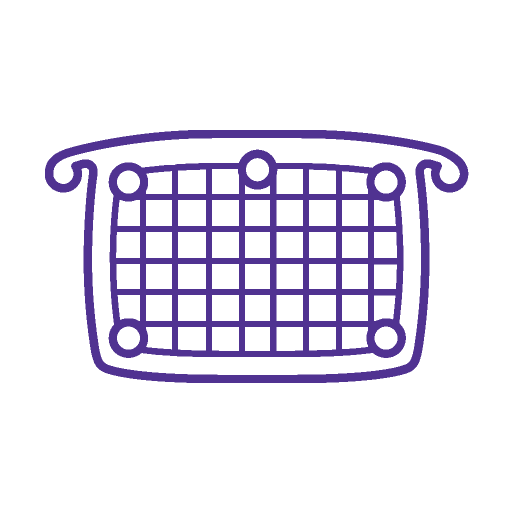
Aggregate Removal
Protein aggregates are a concern throughout upstream and downstream mAb manufacturing, and control is key to maximizing process efficiency and robustness
Visit our document search for data sheets, certificates and technical documentation.
Related Articles
- Viral safety in bioprocessing relies on a framework of (1) preventing contamination, (2) detecting contamination, and (3) removing or inactivating viral contaminants.
- This overview provides strategies for reducing the viscosity of high concentration drug formulations to enable subcutaneous injections for greater patient convenience and adherence.
- Multivariate data analysis (MVDA) makes possible a proactive, real-time approach to monitoring, controlling, and predicting quality and productivity in biomanufacturing. The use of proven software with guided PCA and PLS model creation means you don’t need to be a data scientist to explore and analyze your data.
- Key aspects of single-use assembly qualification including quality by design (QbD), quality risk management (QRM) and operator handling and training.
- Before adoption of single-use technologies in biomanufacturing, manufacturers must assess the risk to the drug product from potential leachables. This article highlights a general approach based on the United States Pharmacopeia (USP).
- See All (15)
Related Protocols
- This article describes a purification process resulting in low nanoparticulate impurities sucrose, enabling more stable protein formulations.
- See All (1)
Find More Articles and Protocols
How Can We Help
In case of any questions, please submit a customer support request
or talk to our customer service team:
Email custserv@sial.com
or call +1 (800) 244-1173
Additional Support
- Chromatogram Search
Use the Chromatogram Search to identify unknown compounds in your sample.
- Calculators & Apps
Web Toolbox - science research tools and resources for analytical chemistry, life science, chemical synthesis and materials science.
- Customer Support Request
Customer support including help with orders, products, accounts, and website technical issues.
- FAQ
Explore our Frequently Asked Questions for answers to commonly asked questions about our products and services.
Related Resources
- Closed Processing for Biomanufacturing
Learn how closed processing can mitigate contamination risks, reduce costly and environmentally demanding cleanroom control measures, and maximize facility utilization.
- Biopharmaceutical Application Guide
The Biopharmaceutical Application Guide reflects decades of industry and application expertise and is available for mAb & Recombinant, Gene Therapies, ADC and mRNA processes. Browse this guide to help you find the right solutions for your process needs.
- mAbsizer™ Calculator
The mAbsizer™ Calculator estimates the quantity of Merck products required to express, purify, and formulate a mAb effectively.
- Process Development and Drug Manufacturing: Support Services
We aim to support all your processes and applications. Our expertise in technical and regulatory matters ensures robust and reliable aid. We assist you at every stage of drug development and manufacturing, aligned with risk management approaches in current regulatory guidance.
To continue reading please sign in or create an account.
Don't Have An Account?